Flowers for Healing: Aromatherapy and Beyond
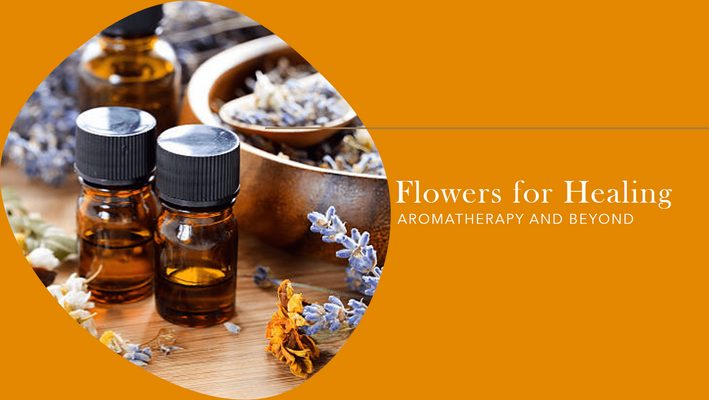
Flowers for Healing
What Flower Represents Healing?
The flower most commonly associated with healing is the Aloe Vera. This plant, known for its medicinal properties, is often used in alternative medicine and skincare. The gel from its leaves is renowned for its soothing, healing, and anti-inflammatory properties, making it a popular remedy for burns, wounds, and skin irritations. Aloe Vera symbolizes healing due to its practical applications in promoting physical recovery and well-being.
What Flower is Good for Recovery?
Chamomile is widely recognized as a flower beneficial for recovery. Known for its calming and therapeutic properties, chamomile is often used in herbal teas and aromatherapy. Its mild sedative effect aids in reducing stress and promoting relaxation, which is crucial for recovery from illness or exhaustion. Chamomile symbolises relaxation and restorative health, making it an ideal flower for those in the process of recovery.
What Flower Can Heal You?
Calendula, also known as marigold, is a flower renowned for its healing properties. It has been used historically in traditional medicine for its anti-inflammatory, antifungal, and antibacterial qualities. Calendula is often found in ointments and topical treatments for minor wounds, burns, and skin irritations. Its ability to promote cell regeneration and reduce inflammation makes it a powerful healing flower.
What is the Flower for Recovery?
The Peony is often considered the flower for recovery. In addition to its stunning beauty, the peony has been used in traditional medicine for centuries. It is believed to have healing properties that aid in reducing pain, improving mental health, and providing overall body rejuvenation. The peony's lush, full bloom symbolises a return to health and is often used to wish someone a speedy recovery.
These flowers, with their unique healing properties, play significant roles in various cultures and healing practices. They symbolise and aid in the process of healing and recovery, both physically and emotionally.
Aromatherapy & Flowers
Aromatherapy is a form of alternative medicine that uses volatile plant oils, known as essential oils, for a variety of therapeutic purposes. The essential oils used in aromatherapy are typically extracted from flowers, seeds, roots, woods, fruits, and other parts of plants. The use of aromatherapy traces back thousands of years to ancient healing practices like Ayurveda in India and traditional Chinese medicine. However, aromatherapy became more popular as a complementary therapy in Western medicine in the 20th century.

The premise behind aromatherapy is that smell can trigger emotional responses as well as physiological effects. Essential oils like lavender, rose, chamomile, eucalyptus, and more than 90 others are used alone or in combinations. The oils may be inhaled directly, applied to the skin during massage, or used in face creams or bath salts. Proponents of aromatherapy believe that the oils have anti-inflammatory, relaxation, energising, or other healing properties that can improve both mental and physical well-being.
Some key potential benefits associated with aromatherapy include stress relief, mood enhancement, pain relief, and improved sleep quality. However, the mechanisms behind these effects are not fully understood. Some research points to pharmacological actions of essential oil components while psychological factors may also play a role. Clinical trials are still limited in many areas, but systematic reviews suggest some beneficial effects, especially for anxiety reduction. Still, more rigorous research is needed to evaluate efficacy and understand safety issues like allergic reactions or medication interactions. As we learn more, aromatherapy may become an integral part of integrative approaches to healing.
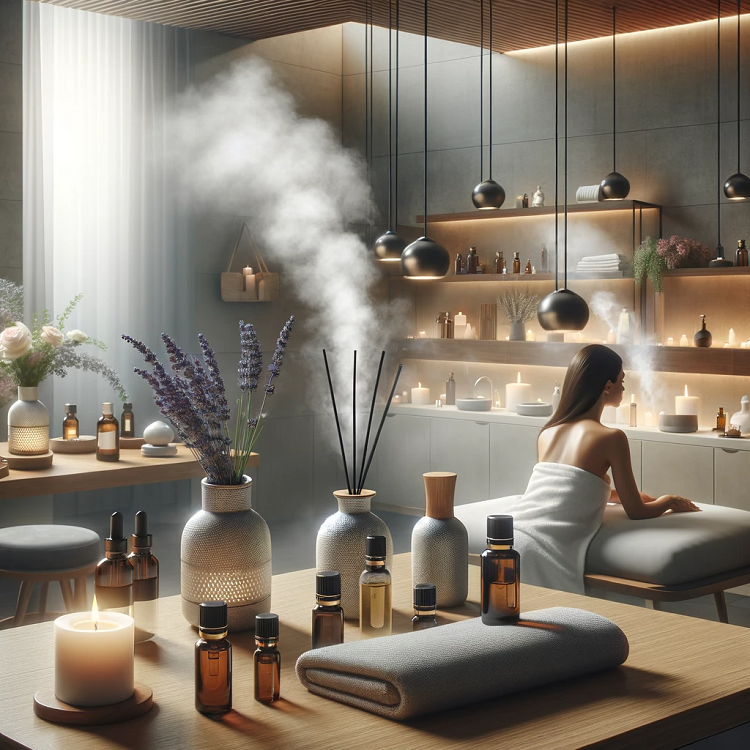
Key Essential Oils and Flower Remedies
There are over 90 essential oils used in aromatherapy, each with their own therapeutic benefits. Some of the most popular oils include:
Lavender
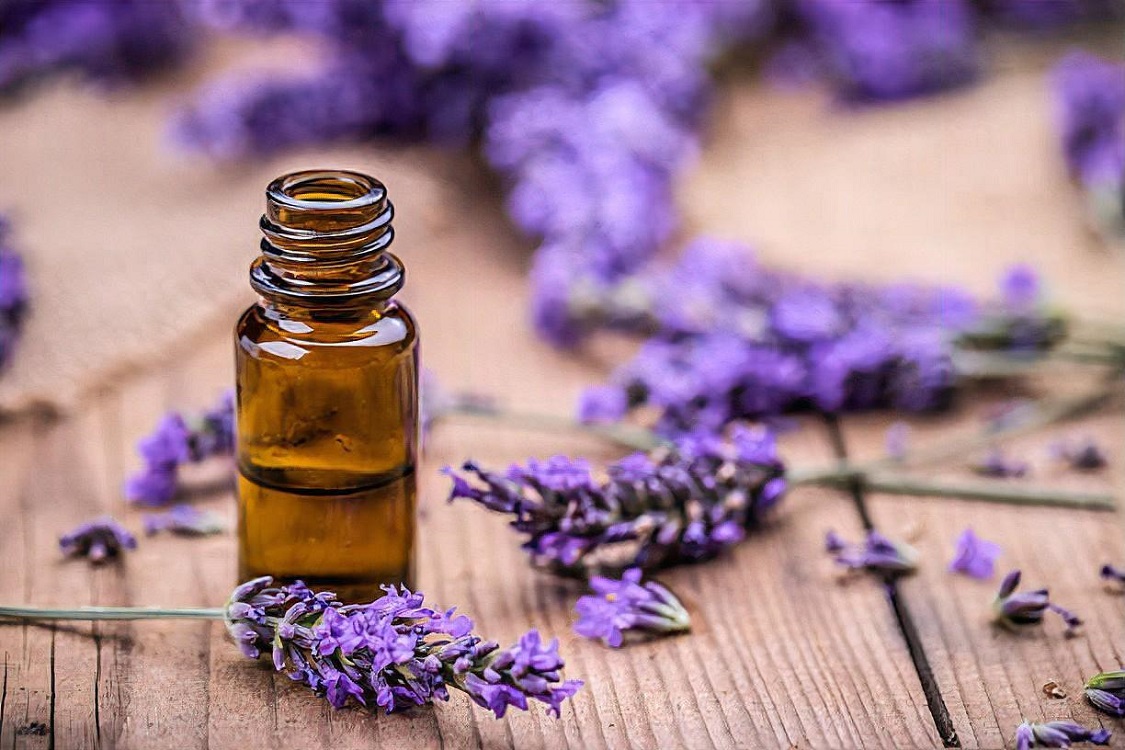
Lavender oil has anti-inflammatory, antibacterial, and antifungal properties. It is commonly used for:
- Relaxation and stress relief
- Promoting calmness and restful sleep
- Healing skin irritation and burns
Rose
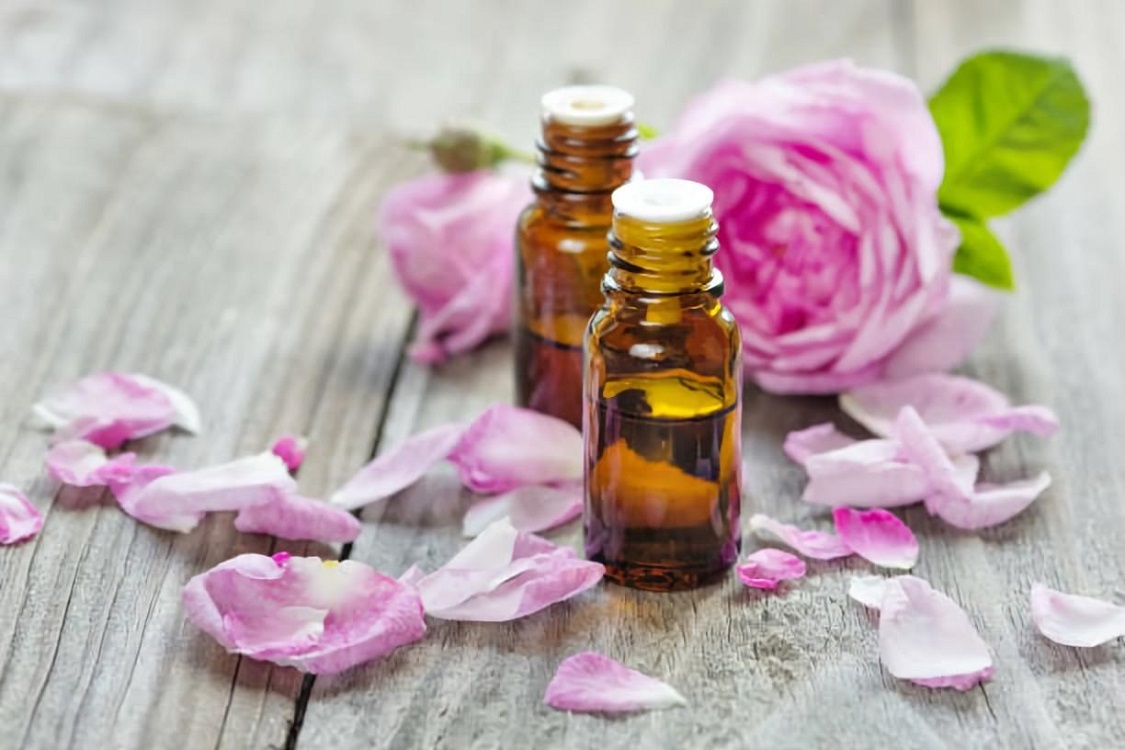
Rose essential oil provides antidepressant and anti-anxiety effects. It is used for:
- Emotional healing and opening the heart
- Improving mood and self-esteem
- Alleviating nervousness and worry
Chamomile
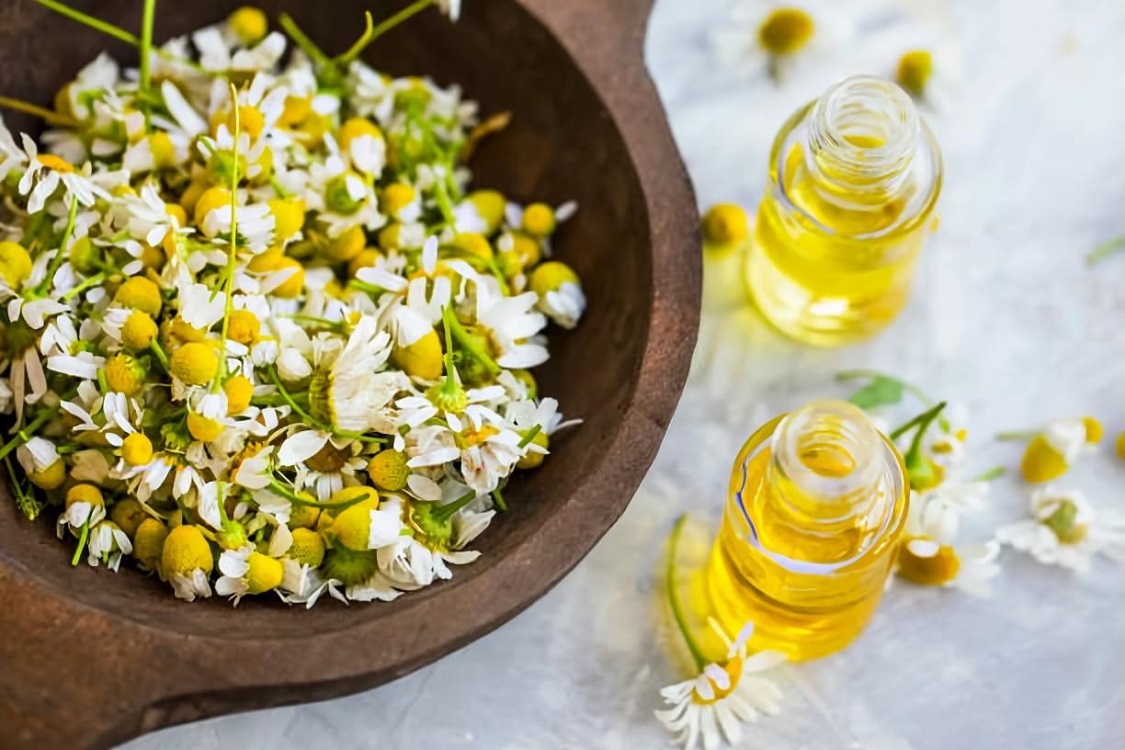
Chamomile oil demonstrates anti-inflammatory actions and aids:
- Stress and anxiety reduction
- Soothes digestive issues
- Heals skin inflammations
Flower remedies like the Bach flower remedies also play a role in aromatherapy. They contain extremely diluted extracts from the flowering part of plants and are used to treat emotional and mental health issues. For example, Rescue Remedy contains star of Bethlehem, cherry plum, impatiens, clematis, and rock rose. It is used for stabilising distress related to trauma or anxiety.
Mechanisms and Evidence
The specific ways that aromatherapy oils create therapeutic effects are still being elucidated. However, research points to several key mechanisms:
Pharmacological potentials of essential oils
The pharmacological potentials of essential oils are a topic of growing interest in both alternative and mainstream medicine.
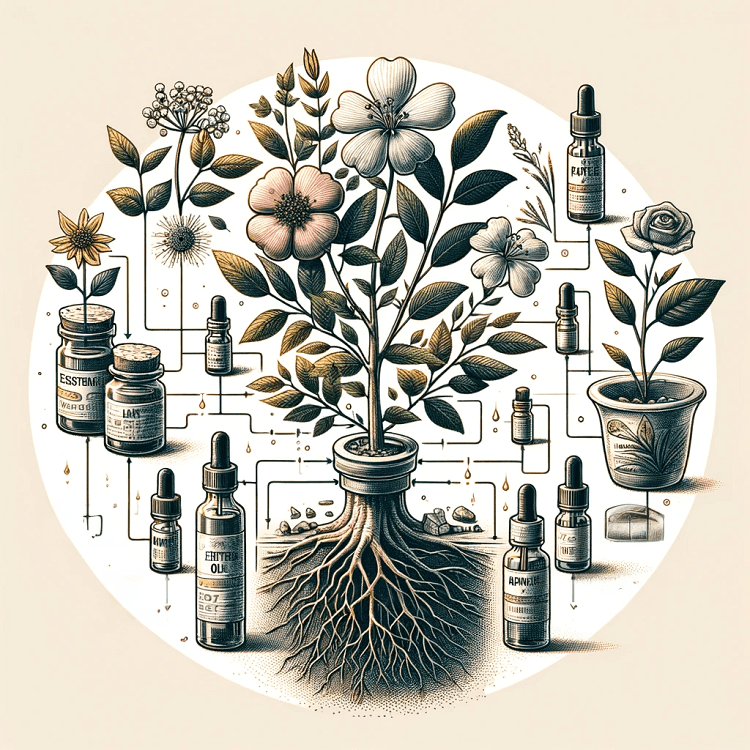
Essential oils, which are concentrated extracts from various parts of plants, including flowers, leaves, bark, and roots, contain a complex mixture of bioactive compounds. These compounds are responsible for the oils' therapeutic properties and their diverse applications in health and wellness. Here's an expanded overview of the key pharmacological potentials:
- Anti-Cancer Properties: Some components of essential oils have been found to exhibit anti-cancer activities. These substances can work in various ways, such as inducing apoptosis (programmed cell death) in cancer cells, inhibiting cell proliferation, and preventing metastasis (the spread of cancer to other parts of the body).
- Antioxidant Effects: Essential oils are rich in antioxidants. These are compounds that neutralize free radicals — unstable molecules that can cause cellular damage, leading to chronic diseases and aging. By combating oxidative stress, essential oils may help in preventing or mitigating conditions like heart disease, neurodegenerative disorders, and certain cancers.
- Antimicrobial Effects: Many essential oils are known for their antimicrobial properties, meaning they can kill or inhibit the growth of microorganisms like bacteria, viruses, and fungi. This makes them useful in treating infections and also in preservation applications (like food preservation or as natural disinfectants).
- Neurological Interactions: Essential oils can interact with receptors in the nervous system, potentially affecting mood, anxiety, and pain perception. For example, some oils are known to have calming effects by influencing GABA receptors (which play a key role in regulating nervous system excitability).
- Absorption and Delivery: Essential oils can be absorbed into the bloodstream through various routes:
- Skin: When applied topically, some components of essential oils can penetrate the skin and enter the circulatory system. This method is commonly used in aromatherapy massage.
- Lungs: Inhalation of essential oil vapors allows the compounds to enter the bloodstream via the lungs. This is a typical method used in aromatherapy for immediate effects on mood and respiratory conditions.
- Intestines: Oral ingestion of certain essential oils (usually in a diluted or specially prepared form) can lead to absorption through the gastrointestinal tract. However, this method requires caution due to potential toxicity and interactions with other medications.
| Property | Description |
|---|---|
| Anti-Cancer Properties | Components of essential oils exhibit anti-cancer activities by inducing apoptosis in cancer cells, inhibiting cell proliferation, and preventing metastasis. |
| Antioxidant Effects | Essential oils are rich in antioxidants, neutralizing free radicals to prevent cellular damage and mitigate conditions like heart disease and neurodegenerative disorders. |
| Antimicrobial Effects | Essential oils can kill or inhibit the growth of microorganisms like bacteria, viruses, and fungi, useful in treating infections and in preservation applications. |
| Neurological Interactions | Essential oils can affect mood, anxiety, and pain perception by interacting with receptors in the nervous system, such as GABA receptors. |
| Absorption and Delivery | Essential oils can be absorbed via skin, lungs, and intestines, entering the bloodstream for therapeutic effects. Methods include topical application, inhalation, and oral ingestion. |
Safety and Risks
The safety and potential risks associated with aromatherapy are important considerations, especially as its popularity grows in both home and therapeutic settings. While aromatherapy, which involves the use of essential oils for therapeutic purposes, is generally safe when practiced correctly, there are potential side effects and risks that should not be overlooked. Here's a detailed overview:
- Potential Side Effects: Essential oils are highly concentrated and can have potent biological effects. While many of these effects are beneficial, some individuals may experience negative side effects. These can vary depending on the type of oil used, the method of application, and individual sensitivities. Common side effects may include nausea, headaches, or allergic reactions.
- Skin Irritation or Allergic Reactions: Topical application of essential oils is a common method in aromatherapy. However, some oils can irritate the skin, especially if used in high concentrations or without proper dilution. Additionally, certain individuals may have allergies to specific oils, leading to reactions like rashes, itching, or hives. It's advisable to perform a patch test before using a new oil extensively on the skin.
- Headaches or Lightheadedness: Inhaling essential oils is another common aromatherapy practice. However, for some people, this can lead to headaches or feelings of lightheadedness. This is particularly true if the oils are used in an enclosed space or inhaled for extended periods. It’s important to ensure good ventilation and to limit exposure time, especially for those prone to migraines or respiratory issues.
- Exacerbation of Health Conditions: While essential oils can offer health benefits, they can also exacerbate certain conditions. For instance, some oils can trigger asthma symptoms in susceptible individuals. Others might interact with medications or be contraindicated in conditions like epilepsy, hypertension, or during pregnancy. It's crucial for individuals with pre-existing health conditions or those taking medication to consult with a healthcare provider before using aromatherapy.
| Category | Description |
|---|---|
| Potential Side Effects | Essential oils are highly concentrated and can have potent biological effects, leading to side effects like nausea, headaches, or allergic reactions. |
| Skin Irritation/Allergic Reactions | Topical application can cause skin irritation or allergic reactions, particularly if oils are used undiluted or in high concentrations. A patch test is recommended. |
| Headaches/Lightheadedness | Inhaling essential oils might lead to headaches or lightheadedness, especially in enclosed spaces or during prolonged exposure. |
| Exacerbation of Health Conditions | Certain oils may trigger asthma, interact with medications, or be contraindicated in conditions like epilepsy, hypertension, or during pregnancy. |
Guidelines for Safe Use:
- Quality of Essential Oils: Opt for high-quality, pure essential oils from reputable sources. Adulterated or low-quality oils may not only be less effective but also pose additional risks.
- Dilution: Essential oils should generally be diluted with a carrier oil (like almond or jojoba oil) before being applied to the skin to minimize the risk of irritation.
- Dosage and Duration: Follow guidelines on dosage and duration of exposure. Overuse can increase the risk of side effects.
- Professional Guidance: Seek advice from a qualified aromatherapist or healthcare provider, particularly for therapeutic use or if you have pre-existing health conditions.
- Storage and Use: Store essential oils away from children and pets, and use them as directed. Improper storage or use can lead to accidents or misuse.
While aromatherapy offers many benefits, it's essential to approach its use with an awareness of potential risks and a commitment to safe practices. This approach helps maximise the therapeutic benefits while minimizing potential harm.
Safe dosages
- Always dilute oils properly before use
- Use lower dilutions (1-3%) for adult skin
- Even less (0.5-1%) for children or facial skin
Contraindicated populations
The use of essential oils and aromatherapy, while beneficial for many, can be risky for certain populations. It's crucial to recognize and understand these risks to ensure safety and prevent potential harm. Here's a detailed look at the contraindicated populations:
- Pregnant or Breastfeeding Women: Essential oils can have powerful effects on the body, and some of these effects might be harmful during pregnancy or breastfeeding. Certain oils are known to have emmenagogue (stimulating menstruation) or abortifacient (leading to abortion) properties, which can be dangerous during pregnancy. Additionally, some compounds in essential oils might be transferred to the baby through breast milk. Therefore, it's advised that pregnant or breastfeeding women avoid certain essential oils or use them only under the guidance of a healthcare professional.
- Babies and Young Children: The bodies of babies and young children are more sensitive and less able to process the bioactive compounds in essential oils. Using essential oils, especially in high concentrations, can lead to adverse reactions in children, such as skin irritation, respiratory distress, or hormonal imbalances. Care should be taken with both topical application and inhalation. For instance, eucalyptus and peppermint oils are not recommended for young children due to their high cineole content, which can be problematic for their developing respiratory systems.
- Those with Severe Asthma or a Seizure Disorder: Individuals with severe asthma may find that certain essential oils trigger their symptoms or exacerbate their condition. This is especially true for oils used in diffusers or inhaled directly. Similarly, some essential oils, like hyssop or rosemary, have been known to trigger seizures in those with epilepsy or a seizure disorder. The stimulating effects of these oils on the nervous system can be a risk factor for seizure-inducing activity.
| Population | Description |
|---|---|
| Pregnant/Breastfeeding Women | Certain essential oils may be harmful during pregnancy or breastfeeding, due to properties like emmenagogue or abortifacient effects, and should be used under medical guidance. |
| Babies and Young Children | Babies and young children are more sensitive to essential oils. High concentrations can cause skin irritation, respiratory distress, or hormonal imbalances. Eucalyptus and peppermint oils are particularly cautioned against. |
| Severe Asthma or Seizure Disorders | Individuals with severe asthma or seizure disorders may experience exacerbated symptoms or seizures due to certain essential oils like hyssop or rosemary. |
| Safety Recommendations | Includes consultation with healthcare providers, avoidance of high-risk oils, milder application methods, and education about essential oil properties. |
Safety Recommendations for Contraindicated Populations:
- Consultation with Healthcare Providers: Before using essential oils, individuals from these groups should consult healthcare professionals. This is crucial for understanding potential risks and safe usage practices.
- Avoidance of High-Risk Oils: Some essential oils are more likely to cause adverse effects in these populations. It's important to be aware of and avoid these particular oils.
- Milder Application Methods: If essential oils are used, milder methods of application (like dilution for topical use or limited exposure to diffusers) should be considered.
- Education and Awareness: Understanding the properties of different essential oils and their potential effects on various health conditions is key to safe use.
While essential oils offer numerous health benefits, their use must be approached with caution, particularly for pregnant or breastfeeding women, babies and young children, and individuals with severe asthma or seizure disorders. Tailoring the use of essential oils to accommodate these sensitivities is essential for ensuring safety and effectiveness.
Practical Applications
There are many ways to harness the healing potential of aromatherapy at home. Here are some of the most popular uses:
Aromatherapy massage employs essential oils diluted in a carrier oil like jojoba or coconut oil. The oils are massaged into the skin allowing for absorption while stimulating circulation. Massage provides relaxation while the oils provide targeted therapeutic actions. For example, chamomile oil can alleviate muscle soreness while lavender promotes overall calmness.
Diffusers allow simple inhalation of aroma molecules. Add a few drops of oil into a diffuser filled with water. As the diffuser emits a fine vapor, you can breathe in the fragrant compounds. Sit near your diffuser while working, relaxing, or falling asleep to benefit. For example, rosemary can boost energy and concentration while lavender aids sleep.
You can also create personalised healing spaces by carefully selecting essential oils matched to your needs. Determine your goal - whether relaxation, meditation, creativity boosting, or pain relief. Then choose complementary oils for diffusing or incorporation into room sprays, candles, potpourri, or cleaning products. Your environment can facilitate healing through supportive scents.
Future Research
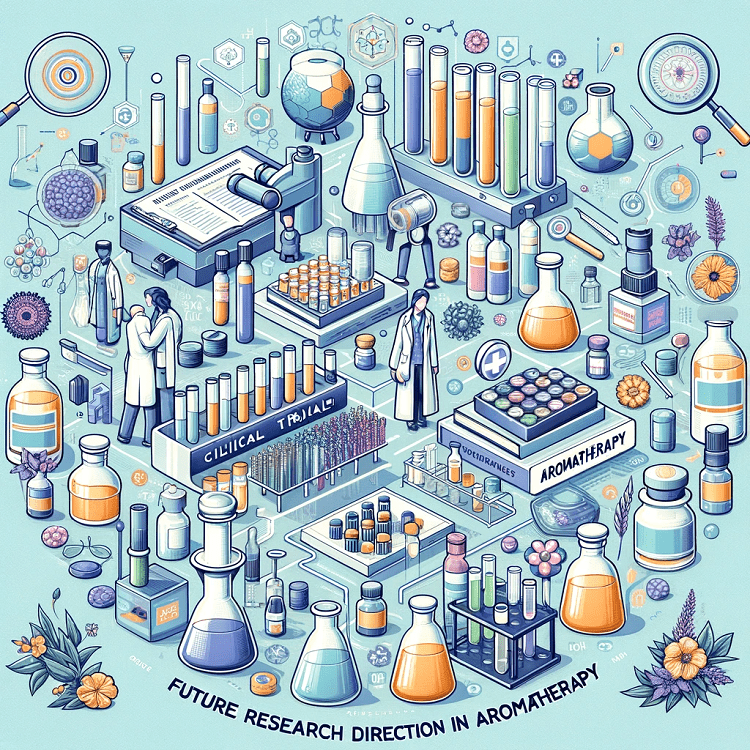
Though aromatherapy has been used for millennia, rigorous scientific examination of essential oils is still in its early stages. There are promising signs that aromatherapy can be an effective complementary treatment, but much more high-quality research is needed, including:
More rigorous clinical trials following gold-standard protocols are required to truly evaluate efficacy for physical and mental health conditions. Trials should include larger sample sizes, control groups, randomisation, blinding, and longer-term follow up. Examining underlying biological mechanisms should also be a priority.
Standardisation of oils and dosages is also needed. With over 90 essential oils, each containing hundreds of plant compounds, determining optimal formulations is challenging. Multi-center trials testing various extraction methods, plant chemotypes, combinations, dilutions, and delivery methods would provide needed guidelines.
Aromatherapy research remains limited by funding constraints. However, steady scientific examination can help integrate essential oil therapies into mainstream medicine as we learn how to harness their healing potential. More interdisciplinary collaboration engaging botanists, biochemists, pharmacologists, clinicians, psychologists, and medical providers could significantly advance the field.
Summing Up
In summary, aromatherapy offers a promising complementary approach leveraging the medicinal properties of aromatic essential oils. Though used for thousands of years in various cultures, aromatherapy was not extensively studied by modern science until recently. Today, we know the oils have pharmacological effects and clinical data supports certain applications. However, aromatherapy research remains in fairly early stages.
While some critics argue aromatherapy provides only placebo effects, the existing evidence suggests it can have tangible healing impacts. Systematic reviews point to real benefits for conditions like anxiety, depression, pain, and insomnia. Still, efficacy and ideal usage requires more investigation through rigorous clinical trials on par with testing standard drugs. Safety issues like dosing and contraindications also need to be better established.
As the scientific mechanisms and clinical effects of aromatherapy continue being unlocked, it may one day play a major role in integrative medicine. Essential oils and floral remedies may prove valuable for managing stress and emotions, complementing treatments for complex chronic diseases, supporting wellness/prevention, and enhancing conventional care. However, realising the full potential requires deeper insights through expanded research in coming years.
